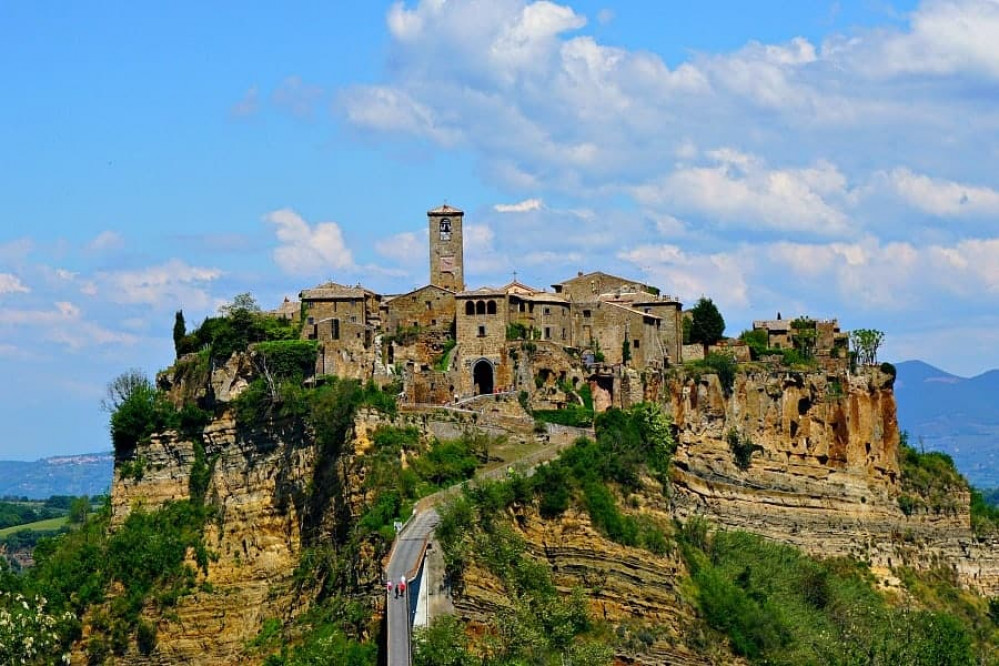
Tuscany Hill Village Terrain Build
Painting an Italian Church
Picking a colour was difficult but easy at the same time. I studied some reference photos of villages and found variations in the colour of the stone used in construction leading to a tough decision on what to opt for. The variations of sand from a yellow to a faded tan were quite diverse across the different villages. Then I looked closer at the last picture below of San Gimignano and realised that different buildings in the same village (even different parts of the same building) were made out of different colour stone. So does it really matter what colour I opt for as long as it is somewhere in the yellow to faded tan range? Probably not, but I will likely need to use a number of different shades across the different buildings to get that mismatch look.
I also notice that some of the buildings are clean cut stone that looks quite uniform. At 15mm, I think I can get away with not representing each individual stone. However, some of the buildings use different stone in the construction. I may need to look at how to get the texture for these before painting.
In the end, I opted for a faded tan colour and bought a cheap acrylic spray can. I had problems sealing the mdf. I sprayed it with a varnish first and then a primer before adding the acrylic but this didn’t work and it needed several layers. You can see from the pictures below that the base colour is pretty thick and, in my opinion, looks poor.
For the roof, I replicated the approach I used in the spring clean challenge but tried a different primer. I think this now looks too dark for Italy and needs to be more orange than red. The roof is just attached with blue tack and can be re-done.
Now this is just the base coat for the walls (the attempt at the roof is finished) so it does need shading and weathering but I was sure on the overall effect. It just looks too ‘blocky’.
In short, I’m not sure about the colour and I’m definitely not sure about the use of mdf in this build.































![TerrainFest 2024 Begins! Build Terrain With OnTableTop & Win A £300 Prize! [Extended!]](https://images.beastsofwar.com/2024/10/TerrainFEST-2024-Social-Media-Post-Square-225-127.jpg)










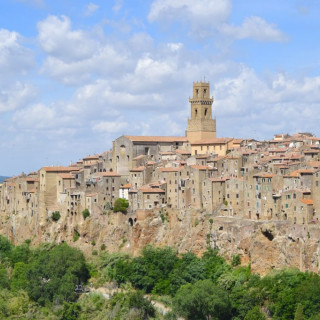
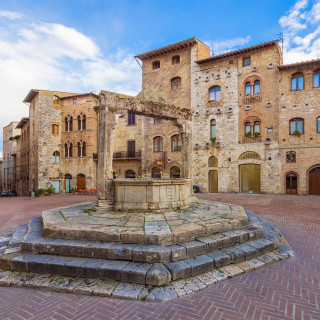
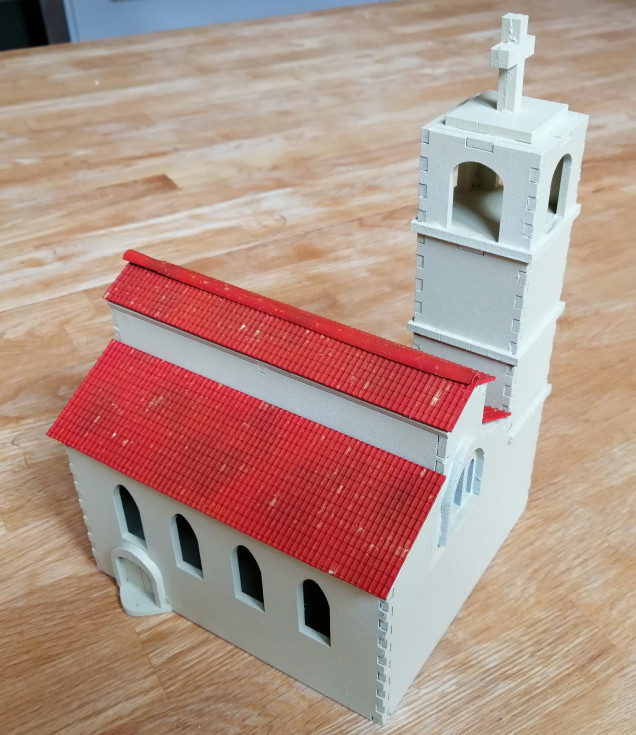
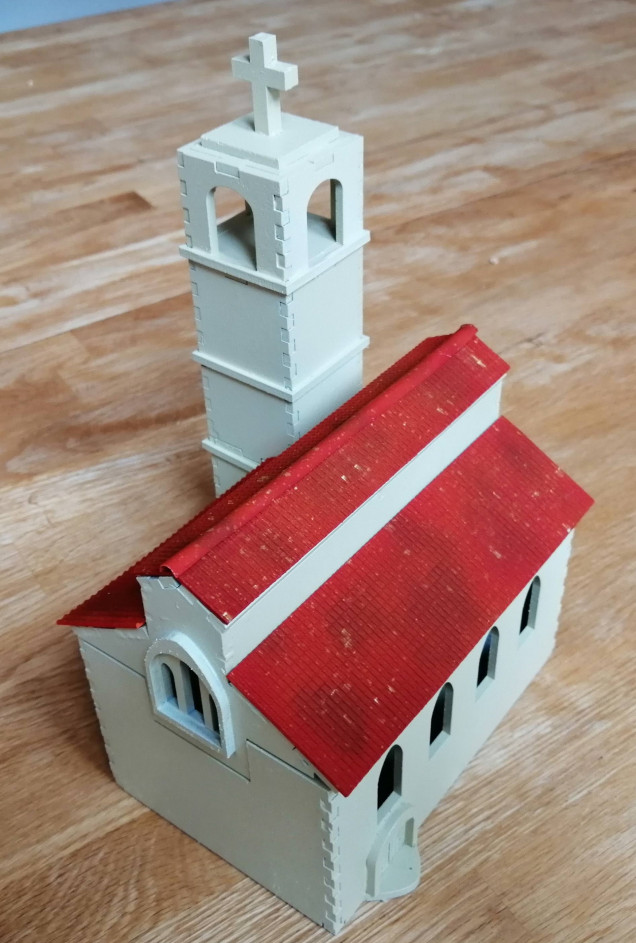

































Leave a Reply